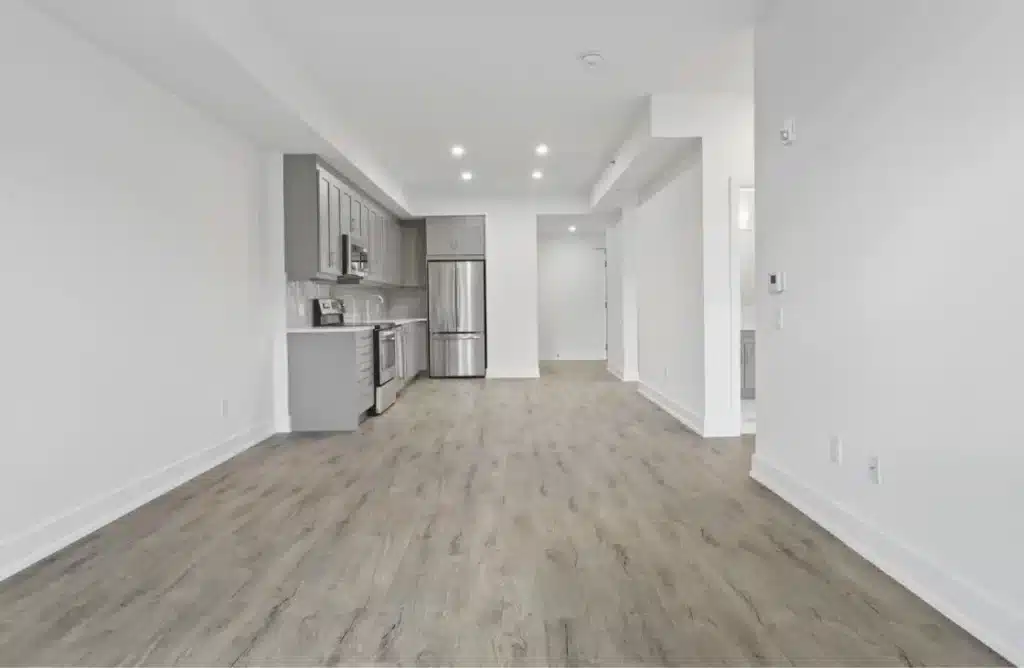Selecting new floors can be an exciting yet daunting process. With so many options to consider, from hardwoods to tiles and carpets, it’s important to think about which flooring type will best suit your lifestyle and design aesthetic. This comprehensive guide covers everything you need to know when choosing the perfect floor to install in your home.
Determine the Room and Traffic Level

The first step is deciding which rooms you want to update with new floors. Consider the traffic level and activities that typically take place in each space. For example, kitchens and entryways endure more wear and tear than formal living areas. Think about who uses the space as well – busy families with kids and pets need more durable choices than empty nesters. Measure the rooms to estimate square footage to know how much flooring is needed. This informs budgeting and purchasing.
Set Your Budget
Flooring comes in a wide range of price points. Setting realistic expectations and determining a comfortable budget is key. For example, solid hardwood floors can cost $8-15 per square foot, including labor for installation. Premium vinyl plank flooring starts around $2-3 per square foot. Knowing your budget range will help narrow the options. Be sure to factor in costs like removal of old floors, additional tools or materials needed for the subfloor, and moving of furniture.
Consider How It Will Be Used
Thinking about day-to-day use based on your lifestyle and household is crucial. Durable, washable floors like tile, vinyl, or low-pile carpets are ideal for high-traffic areas prone to spills, scratches, or moisture issues. Rooms that need a stylish update can enjoy elegant choices like polished concrete, bamboo, or stained concrete. Formal living rooms and bedrooms do well with plush carpeting for comfort underfoot. Determine known pain points to pick the flooring that solves them. For example, installing a waterproof vinyl floor in basements helps prevent mold or rot issues.
Think About the Maintenance Level Required
All floors require regular maintenance, but certain types need more specialized care and cleaning methods. For instance, hardwood floors should be routinely swept, mopped, and resealed every few years. On the other hand, low-maintenance luxury vinyl tiles need sweeping and damp mopping for upkeep. Consider who will be caring for the floors and how much time they can dedicate. Retired empty nesters can likely handle delicate hardwoods, whereas busy young parents need an easy-clean option.
Pick the Right Style for Your Home

When selecting new floors, they must align with your home’s existing style. Modern designs may call for polished concrete or mosaic glass tiles. Weathered wood looks or vinyl plank mimicking barn wood could be ideal for a coastal cottage or farmhouse style. Spanish-style homes do well with terracotta tiles. Sleek surfaces like bamboo or stained concrete suit contemporary decors. If your rooms have an established style, choose options containing colors, patterns, textures, and sheens that coordinate. Unique statement floors can serve as an artistic focal point. Alternatively, neutral, solid colors recede gently into the backdrop.
Consider Noise and Temperature Factors
Determine how noisy your household is and whether temperature insulation issues exist in certain rooms. Carpeting does an excellent job of absorbing loud footsteps and ambient noise. It also feels warmer underfoot. Meanwhile, hard surface flooring like wood, tile, and vinyl carries sound and cold temperatures. This gets especially problematic in upper-level rooms. Using area rugs over the floor is a great solution, adding visual interest while managing noise and comfort issues. Some vinyl and engineered wood contain cork backing or attached underlayment pad for extra padding and insulation.
Assess Durability and Lifespan Needs
On average, most flooring should last around 15-25 years with proper care and maintenance before needing replacement. However, depending on the quality of materials and level of damage, some types may require replacing sooner, while higher-end floors can sometimes last 50+ years. When assessing options, consider who lives there, whether you plan to stay long-term, and your willingness to conduct repairs. For example, concrete flooring lasts indefinitely but can crack, while scratches can mar wood floors with heavy use. Plan for the amount of durability you realistically need.
Review Pet and Allergy Considerations
Households with fur babies or allergy sufferers have special concerns when selecting floors. Hardwoods easily showcase scratches or dander and harbor allergens within the crevices and finish. Low-pile carpets that allow vacuuming up pet hair quickly are ideal for pets. However, wall-to-wall carpeting, in general, traps allergens. Smooth surfaces like vinyl, cork, leather, or bamboo resist allergens best. Seek out low-VOC or hypoallergenic flooring options if allergies are an issue. Waterproof flooring prevents accidents from soaking in. Ask the retailer for special allergen-blocking floor coatings or underlayments, too.
Check for Eco-Friendly and Sustainable Options
For the most environmentally friendly and sustainable flooring, look for FSC-Certified wood from responsibly managed forests. Natural fibers like sisal, coir, jute, and sea grass derived from plants make excellent eco-friendly alternatives. Natural linoleum floors made from recycled wood waste and cork are also attractive green options. If going for man-made materials, ensure vinyl and nylon carpets contain recycled content and avoid using adhesive products with unhealthy VOC off-gassing issues. There are even innovative floors made from repurposed rubber tires or leather scraps to prevent landfill waste.
See Flooring Samples In Person
While online shopping for floors is popular for convenience and deals, it’s imperative to see swatches or samples in person before finalizing choices. Colors, patterns, and textures can appear differently online from how they look in your actual space once installed. Lighting conditions in your home impact vibrancy as well. Gloss levels also hugely affect the aesthetic. Seeing large 1 x 1 feet floor samples or visiting showrooms gives the most accurate impression before purchasing. Some retailers like Lubelska offer free at-home sampling packets to test out.
Conclusion
Choosing the perfect floor requires considering many factors, from style and durability to special needs like pets or allergies. Setting a realistic budget range right away allows you to narrow options that suit your project. Being mindful of the room’s purpose, traffic, and who uses the space also points you toward appropriate materials. While the process takes effort, new floors can entirely transform the feel of your home when selected thoughtfully.
